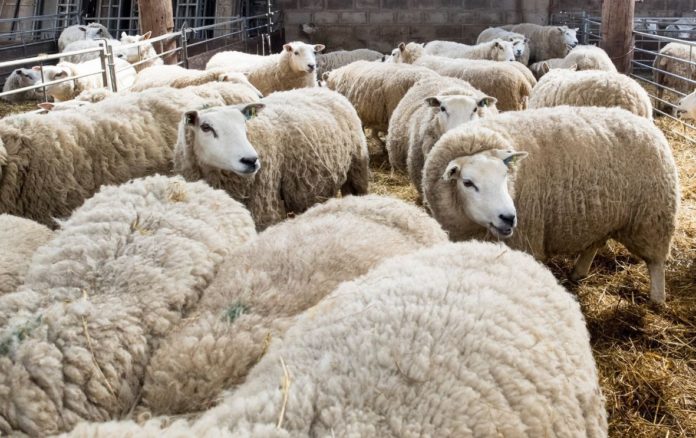Sheep farming can be a physically demanding job, with tasks such as dipping and foot care involving intense, repetitive handling, during which the same muscles are strained.
Good sheep facilities can help improve the safety and welfare of handlers and sheep.
It is important to have a well-designed sheep handling unit which ensures that it is safe for people and sheep and has vehicle access.
Those are among the main messages of the latest joint collaborative campaign from the HSA, Farm Safety Partnership, Teagasc and FBD Insurance.
The bodies have produced a series of short videos containing industry-leading life-saving advice covering livestock handling, farmer’s health, sheep farming, chemicals, children, slurry handling, harvesting and farm machinery.
In its safe sheep handling video, the partners outlined that wearing PPE and exercising caution when handling animals are key ways to minimise accidents and injuries.
Sheep handling
A spokesperson said: “Sheep handlers should avoid repetitive tasks and straining muscles.”
“If possible, avoid lifting sheep. If you have to lift a sheep, use your legs, not your back.”
It advises farmers to minimise straining the same muscles repeatedly and “ensure the level of work is below the level of the handler’s heart”.
One way to minimise strain is to have good handling facilities with the following features:
- Hang gates securely;
- Enclose counter waits;
- Avoid different floor levels;
- Avoid corrugated metal sheets;
- Have childproof and stockproof dip tub covers;
- Good lighting;
- Install handler gates to avoid climbing.
Lambing and breeding season:
- Take particular care when handling rams;
- It is important to keep rams in clear view and never let your guard down;
- Always cull aggressive rams;
- Lambing facilities: At least one individual lambing pen for every eight to ten lambing ewes.
- Provide hay racks, water and meal containers;
- Pens should be easy to clean.
- Good lighting is very important;
- A lambing camera can sometimes reduce the number of visitiors to the shed.
Chemical safety:
- Cover cuts with water-resistant dressings and wear recommended PPE;
- Read the label, handle, store, use and dispose of chemicals according to the manufacturer’s instructions;
- Do not locate a dip tub in a roofed area;
- When dipping, locate splash guards to protect handlers. Wear recommended PPE (personal protective equipment);
- Never use the same hose pipes for dipping and domestic water supply purposes;
- Have an action plan in case of contamination or spillages;
- Beware of the dangers to your health of using formaldehyde in a sheep footbath – talk to your vet about using alternatives such as zinc sulphate or copper sulphate;
- Have an action plan to deal with hazards;
- Be aware that sheep can spread many diseases to humans;
- Have a sink with running water, liquid soap, and paper towels to wash and dry hands.
Other news article on safely loading and off-loading cattle





